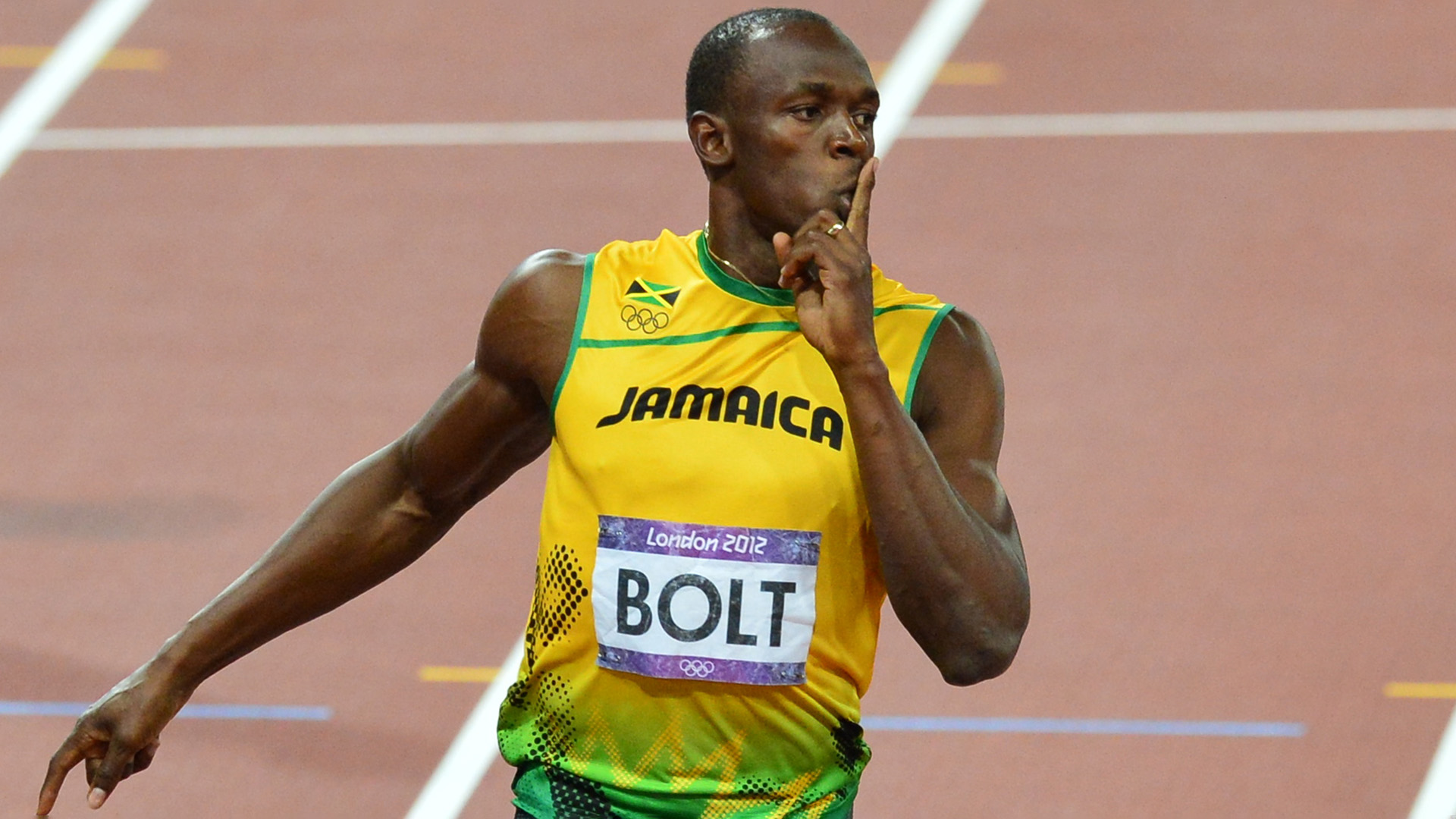
You’d think that the current 100m world record holder, the legendary Usain Bolt, did a lot of running when he was actively competing. If a recent interview is anything to go by, he’s not too keen on going the distance.
In an interview with Runner’s World, the Lightning Bolt candidly shared that he hasn’t done any track sessions since he retired. In his own words, “No one does track sessions for fun,” a sentiment that resonates with many of us.
When asked, “Would you ever run a long distance,” he gave a surprising answer: “Anything over 600 meters was too much. My coach forced me to run a few 600 meters and a few quarter miles, but I would never go longer.”
This might come as a shock to some people who think the training of a sprinter is similar to that of an ultra runner. After all, all runners are runners, right?
Sprinters, like Bolt, are all about explosive power, speed, and short bursts of high-intensity training. Their regimen includes strength training and plyometrics, often incorporating weight training and specific race segments (such as the start machine).
In stark contrast to sprinters, endurance runners focus on stamina, aerobic capacity, and long-distance running. Their training often involves steady-state cardio, interval training, and higher mileage, all aimed at building endurance and cardiovascular health.
Both approaches are tailored to achieve the best results in their respective fields: sprinters need to output huge amounts of power very quickly (100m sprints are often over in under 10 seconds), while long-distance runners must keep a steady pace for hours on end.
Whatever is your chosen discipline, rest assured we have some tips to get better results. Here’s a 10-minute core workout to improve your running speed and a performance-boosting six-move resistance workout. Looking to improve cardiovascular endurance? Try nasal breathing.







